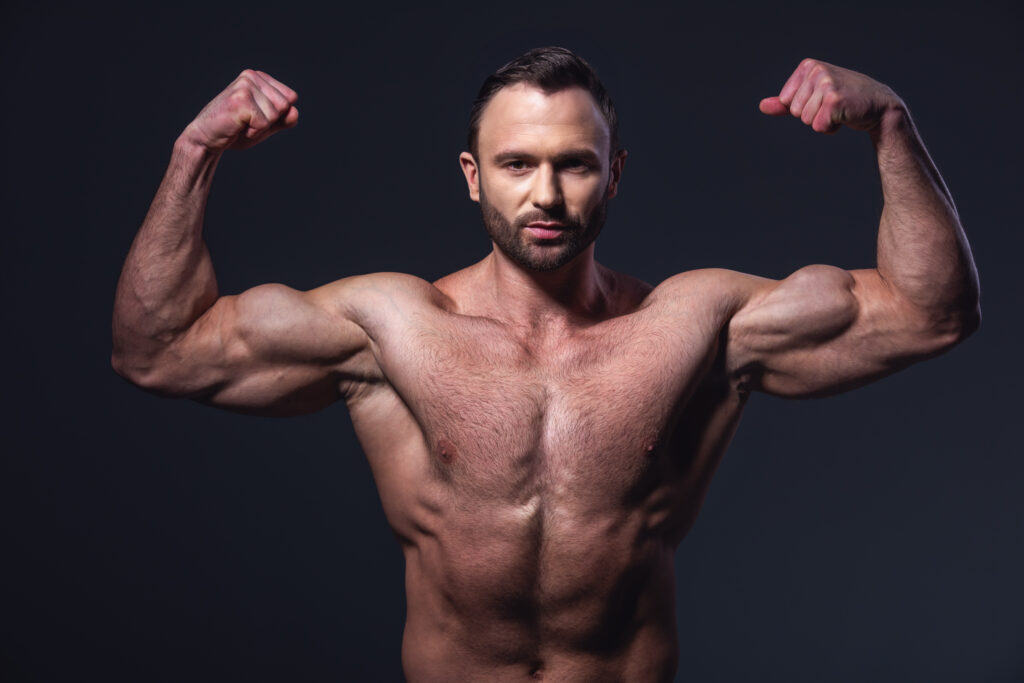Here’s an explanation on whether it’s better to run faster or longer, especially in the context of achieving visible six-pack abs:
When it comes to running for the goal of visible six-pack abs, it’s essential to understand the difference between running faster and running longer, and how each can impact your body.
Running faster, often referred to as high-intensity interval training (HIIT), involves short bursts of sprinting followed by rest or low-intensity periods. This form of exercise can elevate your heart rate rapidly, creating an afterburn effect known as excess post-exercise oxygen consumption (EPOC). EPOC increases your metabolic rate post-workout, which means you continue to burn calories after the exercise is done. This can be effective for fat loss, which is essential for revealing those abs.
On the other hand, running longer at a steadier pace is an aerobic exercise. This type of run burns a consistent amount of calories during the activity and can also improve cardiovascular health. It’s an effective way to increase your stamina and build endurance. Additionally, longer runs can tap into stored fat reserves for energy, especially after your glycogen stores are depleted.
However, the answer to whether you should run faster or longer isn’t straightforward. It largely depends on your personal fitness goals, current fitness level, and how your body responds to each form of exercise. For someone aiming to achieve six-pack abs, a combination of both might be ideal. By incorporating HIIT, you can benefit from the calorie burn post-workout, while longer runs will help in overall fat loss.
Additionally, while running is a fantastic cardiovascular exercise, achieving visible abs also requires strength training, especially targeting the core muscles, and a balanced diet to reduce body fat percentage.
Both running faster and running longer have their merits. To unveil those coveted six-pack abs, consider blending both running styles into your fitness routine, paired with strength exercises and a diet rich in whole foods.

